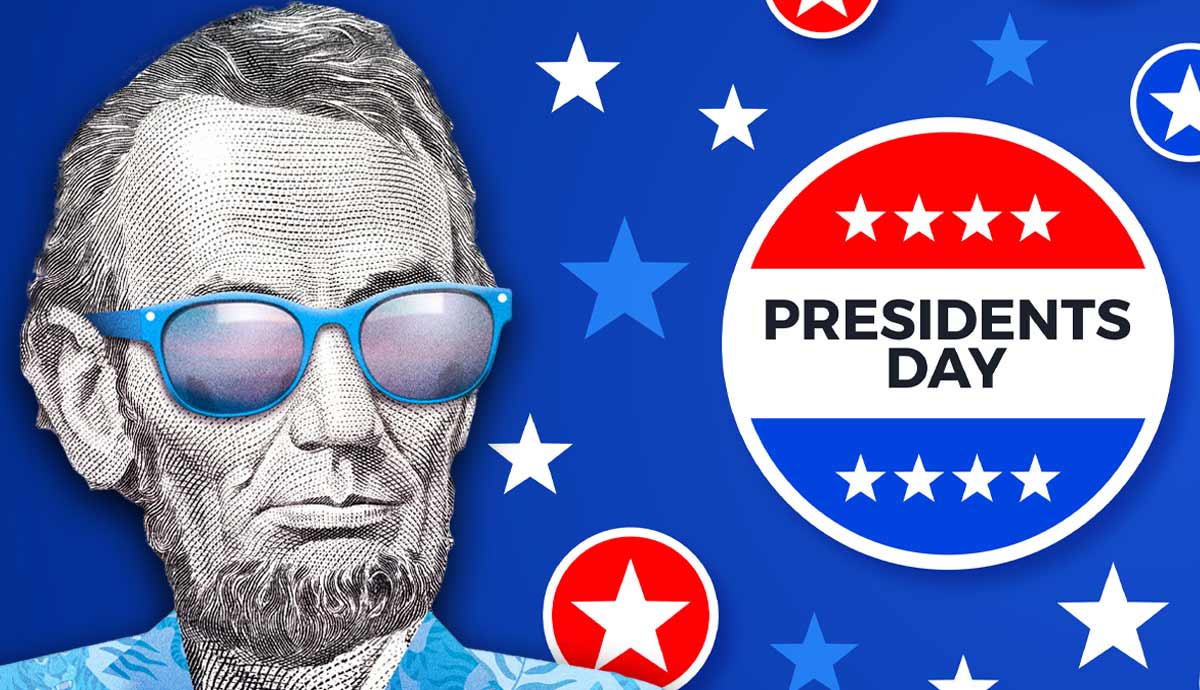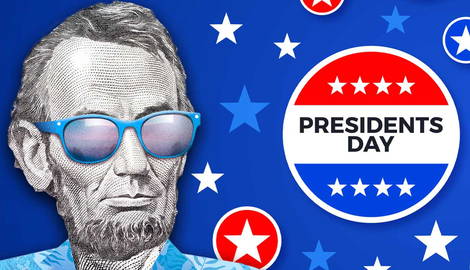
George Washington’s legacy has endured for centuries, with his birthday becoming a focal point for national remembrance. After he died in 1799, informal celebrations of his February 22 birthday sprung nationwide. These local observances laid the groundwork for the eventual establishment of Washington’s birthday as a nationally recognized federal holiday in 1885, the precursor to the holiday we today know better as Presidents’ Day.
Origins: George Washington’s Birthday

George Washington does not need an introduction. When the most famous American of his day—and arguably of all time—passed away on December 14, 1799, Congress commissioned the former Continental Army General Henry “Light Horse Harry” Lee to write the eulogy. The long-term friend of the president compiled a 3,500-word piece that is forever remembered for its famous quote that appears toward its conclusion:
“First in war–first in peace–and first in the hearts of his countrymen, he was second to none in the humble and endearing scenes of private life; pious, just, humane, temperate, and sincere; uniform, dignified and commanding, his example was as edifying to all around him, as were the effects of that example lasting.”
Like Lee, the American people deeply grieved the loss of their hero, and the nation plunged into a period of mourning unparalleled at the time. Numerous cities and towns did not take long to rename their streets in the general’s honor. Some localities took it a step further when Washington’s birthday came around on February 22 and staged informal celebrations where families would gather to reflect on the president’s legacy. As these were largely local and spontaneous, no exact place or date exists for the start of these less formalized and non-national observances. While celebrated sporadically across the country for nearly a whole century, the first significant step toward making Washington’s birthday a national holiday did not occur until 1879.
Following the American Civil War, Washington DC’s politicians attempted to heal the nation and reaffirm its principles by touting the virtues of its most unifying figure, the US’s first president. President Rutherford B. Hayes signed a law that made Washington’s birthday a federal holiday in the District of Columbia, the first honor of a federal holiday for any American.
The Shift Toward Presidents’ Day

As Washington’s birthday designation in the District of Columbia gained recognition and widespread coverage nationwide through favorable newspaper reports, Congress passed legislation extending the observance as a national federal holiday in 1885. At the time, there were only five nationally recognized holidays: New Year’s Day, Independence Day, Thanksgiving, Christmas, and the new Washington’s Birthday.
Ironically, the move to make Washington’s Birthday a more inclusive Presidents’ Day did not occur until the 1960s, and for a less noble reason than celebrating any specific individual, including George Washington. The decade known for cultural, social, and political revolutions witnessed a growing movement to standardize federal holidays and open up more opportunities for three-day weekends.
Spurred on by labor unions, the proposal touted the benefits for workers having more break time, subsequently improving their quality of life and, in the long run, boosting overall productivity. The 1968 Uniform Monday Act sought to adjust selected federal holidays’ observances from fixed dates to predetermined Mondays. Signed into law by President Lyndon B. Johnson on June 28, 1968, and taking effect on January 1, 1971, Washington’s Birthday, Memorial Day, Labor Day, and Columbus Day were now three-day weekends.
As Washington’s Birthday would now be celebrated on the third Monday in February rather than his actual birthday, the United States television and print media saw it fitting to rename the holiday Presidents’ Day and attribute the three-day break to George Washington and Abraham Lincoln—the latter also born in February. While some states dedicate the day to the two presidents today, others have shifted to the more general celebration of all United States presidents.
Current Observance

Today, Presidents’ Day symbolizes the collective contributions of all US presidents, yet the holiday’s roots remain in George Washington and, to a slightly lesser extent, Abraham Lincoln. Each year across the nation, historical sites and museums associated with American presidents hold special events and exhibitions, with two of the more famous taking place at Washington’s Mount Vernon historic estates and at Abraham Lincoln’s Presidential Library and Museum. The former includes costumed interpreters, reenactments, and discussions on Washington’s legacy, while the latter sponsored revered talks and special programs led by the country’s most celebrated Lincoln historians.
The holiday’s commercialization began after shifting to a three-day weekend in 1971, as businesses and retailers found another reason to attract customers through promotional campaigns. All of this has resulted in blurring the original intent of a holiday that the federal government still officially recognizes as Washington’s Birthday and not the Presidents’ Day label attributed to it by the social and commercial media. While some continue observing the day with reflection and reverence for America’s leaders, others see it as another day to enjoy a day off of work or school or an opportunity to get a good deal at the store on an item they always wanted to buy.










